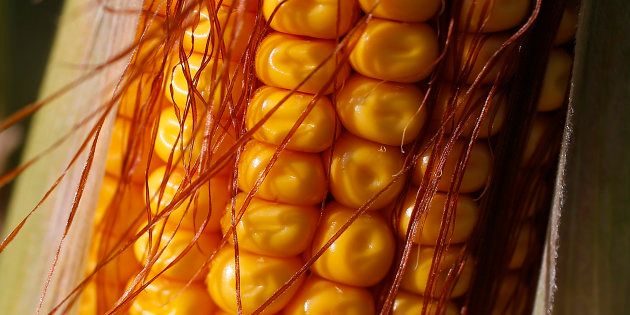
Following a devastating drought and a period of soaring food prices, at last there's a bit of good news in terms of agricultural production south of the Sahara.
The most recent data from the International Grains Council shows that sub-Saharan Africa's 2016/17 maize production increased by 15 percent year-on-year to 65 million tonnes, which is the highest crop yield since the 2000/01 season. Other crops -- such as soya beans, sunflower seeds and vegetables -- also recorded a notable upswing, leading to a deceleration in food inflation in countries such as South Africa, Zambia and Botswana among others.
However, the picture is not all rosy. There are disparities across sub-Saharan Africa. A notable increase in agricultural production was mostly seen in Southern African countries such as Malawi, Zambia, Zimbabwe and South Africa among others.
Meanwhile, farmers in East African countries suffered losses due to persistent drought during the 2016/17 production season. As a result, Kenya's Kenya's food inflation remained in the double-digit figures, at 11.5 percent year on year in September 2017. Granted, these figures were lower than the 21.5 percent year on year inflation rate seen in May 2017, but still.
Fortunately, the 2017/18 production season offers some hope of good weather, particularly in Southern African countries. Normal to above normal rainfall is expected in Zambia this summer, for instance.
Similarly, above-normal rainfall is being forecast in South Africa across the summer rainfall areas between November 2017 and February 2018. All else being equal, South Africa could again have a good summer crop season in the 2017/18 production year.
It is estimated that between 70 and 80 percent of maize consumed in South Africa is GM, and the country managed to harvest its biggest crop in history this year.
However, a good year could still be undone, when there is the possibility of a fall armyworm outbreak, for instance. The Zambian government has already warned that it expects another outbreak and that it will be working closely with farmers to manage the situation.
During previous outbreaks, countries such as Zimbabwe and Zambia relied heavily on pesticides and other measures to mitigate the impact and spread of the pest.
Fortunately, South Africa experienced minimal crop damage, as genetically modified (GM) crops proved to be resistant to fall armyworm.
It is estimated that between 70 and 80 percent of maize consumed in South Africa is GM, and the country still managed to harvest its biggest crop in history this year, reaching 17.5 million tonnes (commercial and non-commercial production).
It is not surprising that the country produced an estimated 26 percent of sub-Saharan maize in the 2016/17 production season, on a relatively small area: 2.6 million hectares.
GM technologies could reduce the use of insecticides, which will reduce input costs while maximising yield for farmers.
Not only do GM crops withstand some pests, they also boost productivity. Therefore, we should ask whether it's time for Africa to follow in South Africa's "food steps" and embrace GM technology in order to boost production and feed her children.
GM technologies could reduce the use of insecticides, which will reduce input costs while maximising yield for farmers.
This will not be an easy process. It will require willingness and participation from both regulators and scientists across the continent.
* This blog post was adapted from my Business Day Column, published on 12 October 2017.
